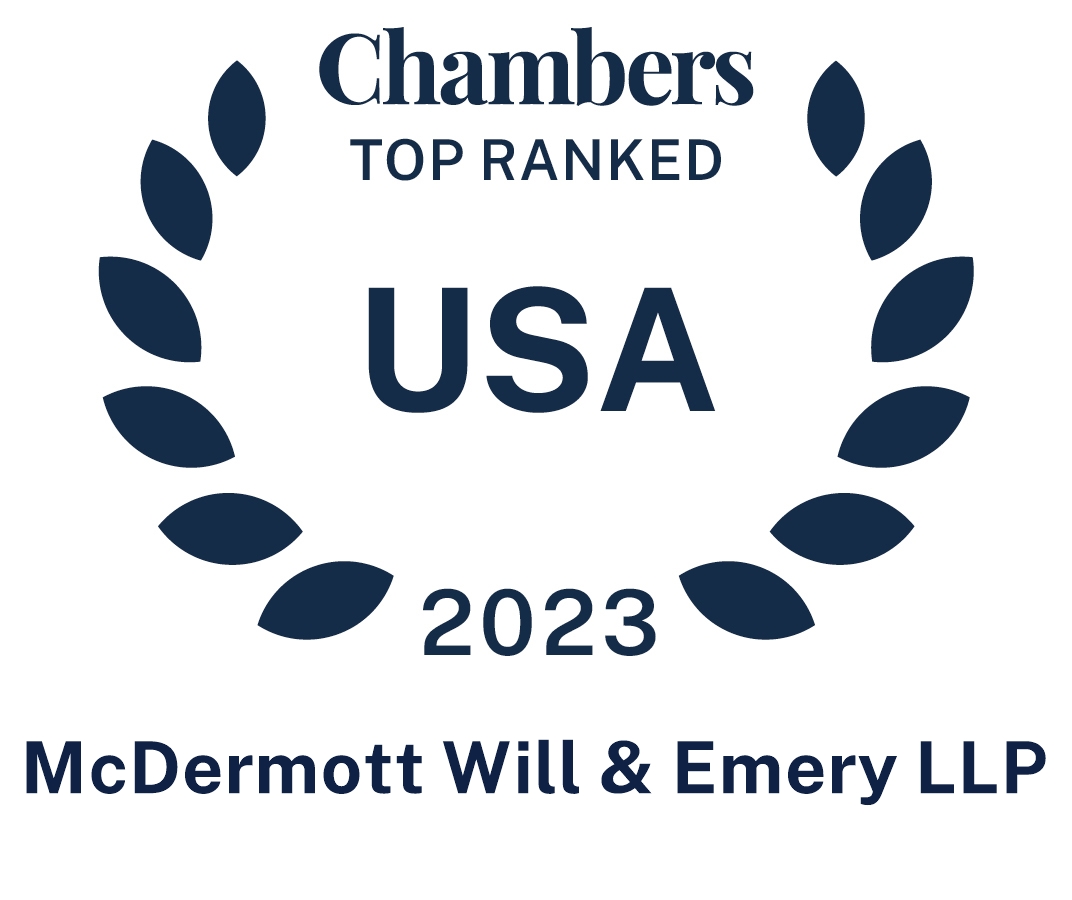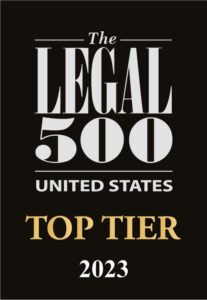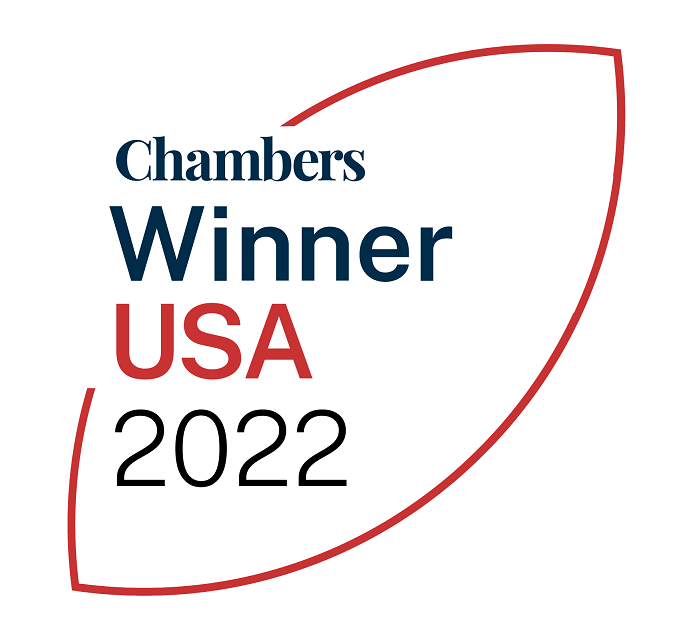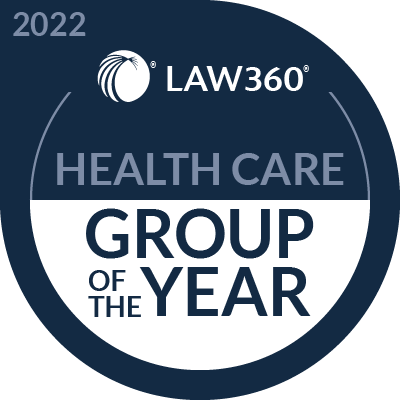Find this week’s updates on 340B litigation to help you stay in the know on how 340B cases are developing across the country. Each week we comb through the dockets of more than 50 340B cases to provide you with a quick summary of relevant updates from the prior week in this industry-shaping body of litigation. Get more details on these 340B cases and all other material 340B cases pending in federal and state courts with the 340B Litigation Tracker, a subscription product from McDermott+Consulting.
Issues at Stake: Contract Pharmacy; Other
- In a case challenging the New York Department of Health’s 340B Carveout plan, the court scheduled oral argument for July 11, 2024.
- In a case regarding a state law governing contract pharmacy arrangements, defendant state attorney general filed a brief in reply to plaintiff’s opposition to summary judgment.
- In the same case regarding a state law governing contract pharmacy arrangements, intervenor-defendants filed a reply in support of its motion for summary judgment.






